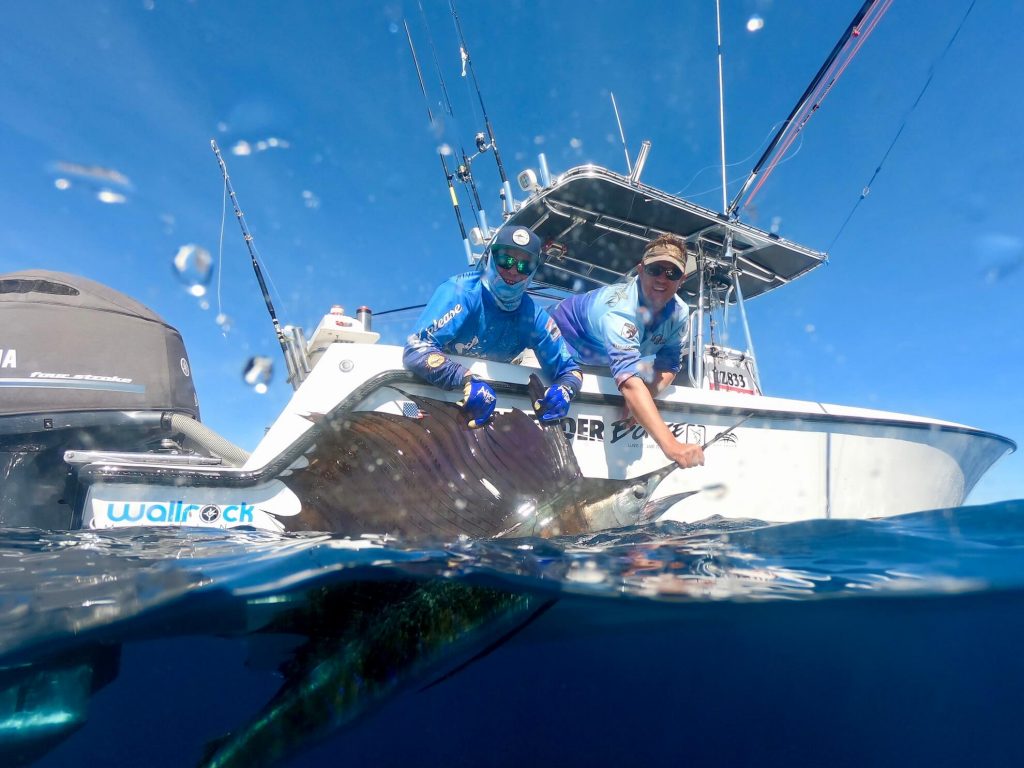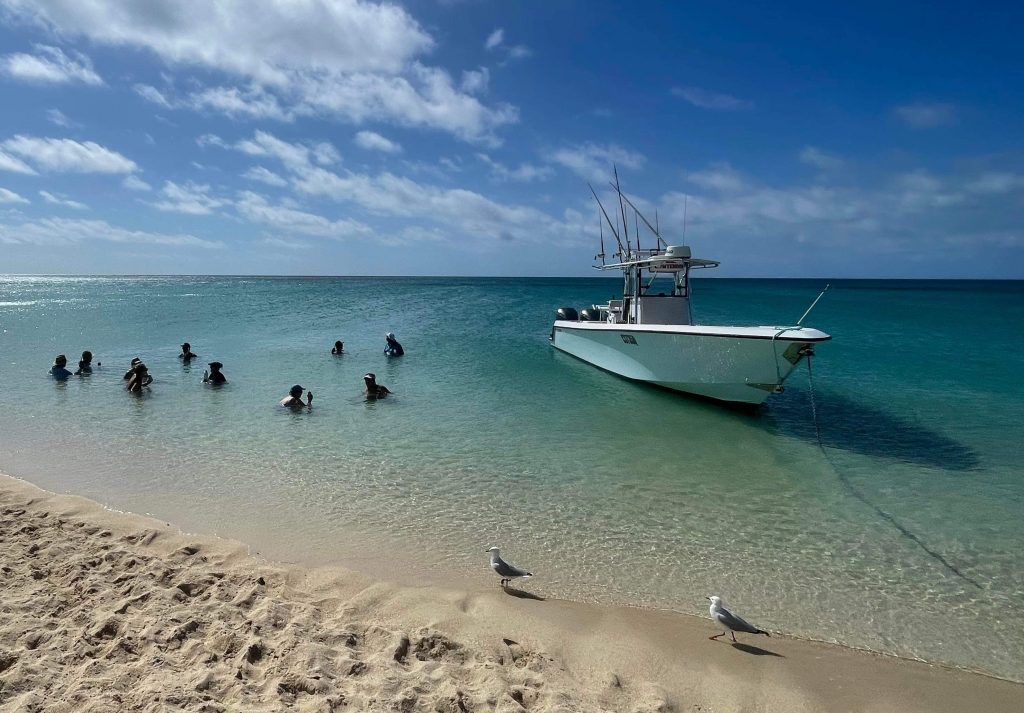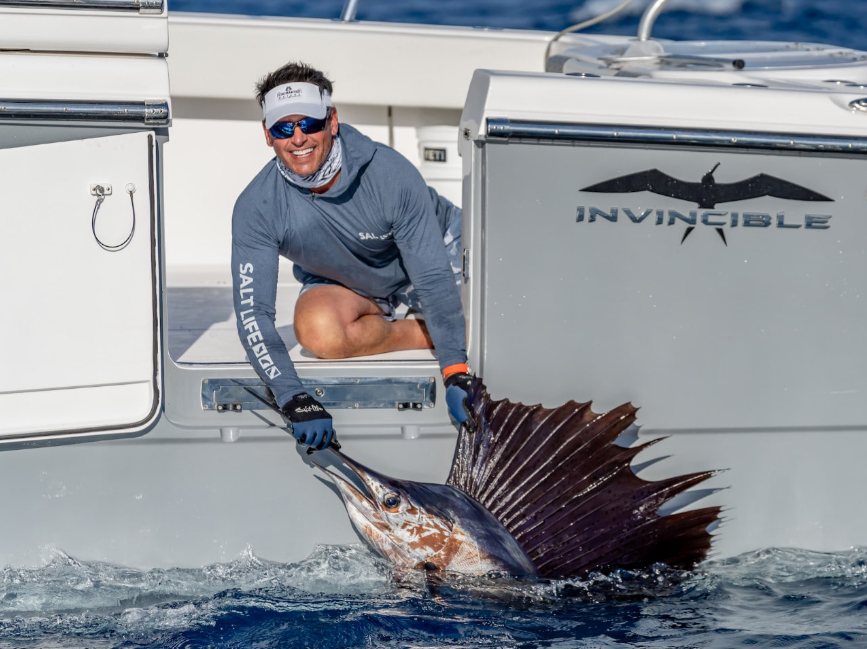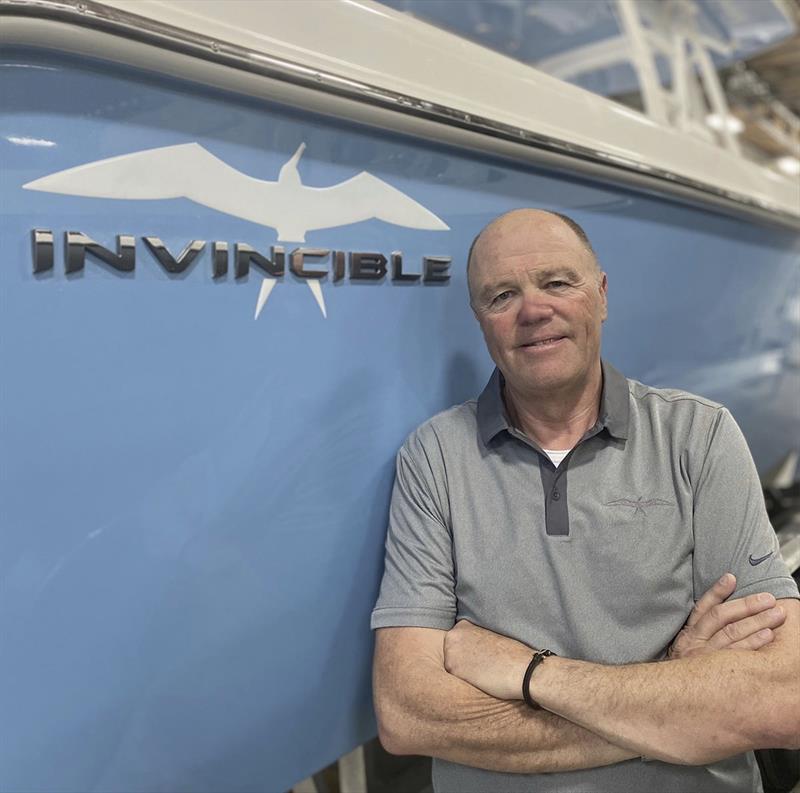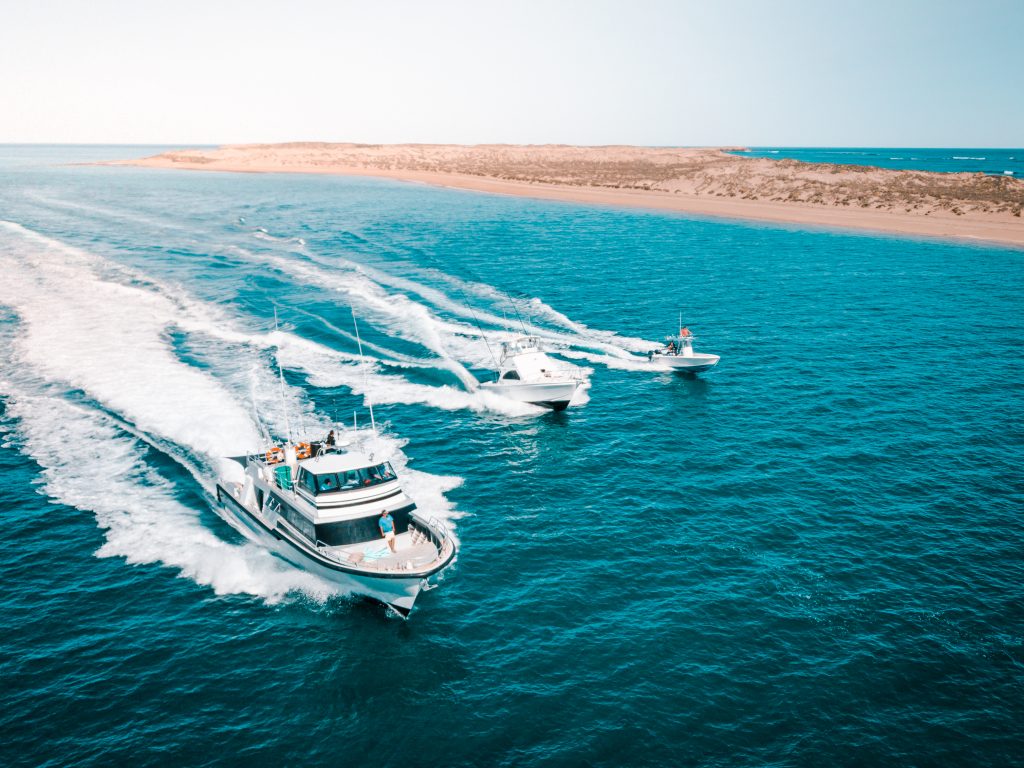The most hotly contested topic in boating circles is the choice between a fibreglass and an aluminium boat and these days, we can throw plastic into the mix. A bit like those who sit in either the BMW camp or the Mercedes Benz camp, different strokes for different folks. Like all good debates, there are positives and negatives on all sides. In the end, it is going to depend on your personal preferences and what the primary use for your boat is. Let us take a look at the differences in boat constructions and how they affect use and performance.
There is a string of important questions to ask oneself when considering whether to choose a fibreglass, aluminium or plastic boat. Once you have answered these questions, the following information will guide you in making the right choice for your boating needs.
- What do you primarily use your boat for? Are you a family looking to make the most of every minute on the water? Or are you an avid, solo fisherman?
- Where will you use the boat? How will you launch it?
- How and where will the boat be stored?
- If you are towing the boat to the boat ramp, what sort of car will be doing the towing?
- How experienced are you?
Aluminium
Starting with aluminium. Aluminium boats are tough. Aluminium is strong. They are easy to maintain. Considerably less expensive than fibreglass, aluminium is kinder to your back pocket. With a lower weight than their fibreglass counterpart, consider your towing options early on. Aluminium tends to dent rather than crack or break and therefore repair costs are usually cheaper. Aluminium boats easily accommodate changes to console placement, seat placement and paint preferences. Hull thickness can be accommodated by most aluminium boat manufacturers. Plate aluminium has grown in popularity with its improved hull rigidity, quieter and softer ride coupled with a sleeker appearance. If you are a boater who wants to explore rocky shorelines, oyster racks or any difficult to reach nooks and crannies where the likelihood of your boat being scratched is high, so aluminium might be the construction for you.
Fibreglass
Fibreglass boats are heavy. Again, consider your towing vehicle. They are more expensive than their aluminium counterpart. Sometimes considerably so. Also Fibreglass tends to crack or break so a small incident could leave you seriously out of pocket.
Saying this there are so many positives to a Fibreglass b0at. The main being that they simply performs better. No matter how you want to weigh it, fibreglass boats will always out-perform aluminium boats. A fibreglass boat cuts through the water and slices through chop. They do not get pushed around by swell like an aluminium construction, offering a high degree of stability. Ultimately this means greater comfort and performance.
The angles possible with glass hulls are unlike any other construction method and it shows in the ride as well as the sleek finish. A higher degree of individuality and complexity is offered with a fibreglass boat. Fibreglass manufacturers can construct the hull into complex designs and layouts. You can even incorporate your preferred seating model, and livewells, tackle stations into the construction of the boat. This is not possible with aluminium or plastic.
Plastic
Plastic is new to the scene. The construction is strong, stable, and lightweight. With an impressive hull design, plastic constructions look great on the water and are exceptionally quiet. Seemingly unbreakable, polyethylene constructions require almost zero maintenance. Smash into a rock? Epic fail at the boat ramp? No problem. A plastic boat will bounce right off.
However, there are a few shortcomings with a plastic construction. Fit out options are limited. Polyethylene is also not structurally as solid as aluminium and fibreglass which means that it does flex and move underneath you as it absorbs the uneven impact of the water.
So how do you choose between aluminium, fibreglass or plastic?
Consider what you are going to use your boat for and then assess what material might best match your needs. There is no one size fits all when it comes to boat constructions. If you are just starting out as a new boater and looking to launch at your local ocean ramp, then fibreglass might not be the best option. Similarly, if you are the adventurous ‘offroad’ fisherman, then perhaps aluminium or plastic is your best bet. Be realistic and consider your priorities and your choice will be clear.




